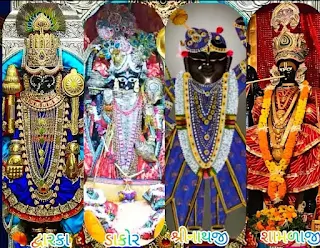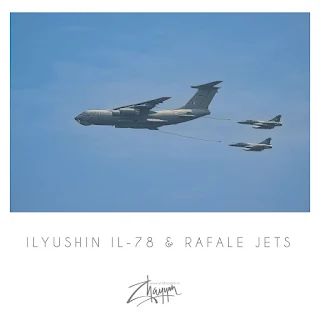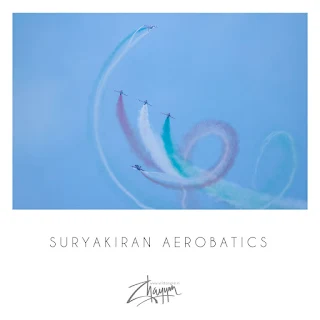Anvikshiki is a term deeply rooted in the intellectual traditions of ancient India, especially in its philosophical and ethical thought. Derived from Sanskrit, "Anvikshiki" means the science or method of inquiry, often translated as "critical thinking" or "logical reasoning." It forms a crucial part of ancient Indian epistemology and is most famously associated with the Arthashastra, a seminal work on statecraft attributed to Kautilya (Chanakya), who considered Anvikshiki essential for wise governance.
The concept, however, is not limited to statecraft. Anvikshiki embodies the philosophical pursuit of truth, knowledge, and ethical reasoning. It is the foundation upon which various Indian schools of thought, including Nyaya, Vaisheshika, and even aspects of the Upanishads, build their understanding of the world, logic, and ethics.
Historical Context
Anvikshiki was considered one of the most critical disciplines of study in ancient Indian universities such as Nalanda and Takshashila. It was often regarded as a complementary discipline to Vedas, economics (artha), and statecraft. Kautilya, in his Arthashastra, specifically defines Anvikshiki as the study of three distinct branches of philosophy: Samkhya (metaphysical dualism), Yoga (practical philosophy of self-discipline), and Lokayata (materialism or empirical thinking).
Anvikshiki was recognized as a necessary tool for governance, justice, and moral conduct. It helped rulers and scholars develop sound reasoning and the ability to make decisions based on evidence and logic rather than superstition or mere tradition.
The Role of Anvikshiki in Indian Philosophy
The role of Anvikshiki in Indian philosophy can be compared to the role of logic in Western philosophical traditions. It provided the intellectual tools to analyze, critique, and refine the arguments of different philosophical schools. For instance, the Nyaya school, one of the six classical schools of Indian philosophy, is particularly known for its rigorous use of logic and debate. Nyaya philosophy uses a systematic approach to reasoning, emphasizing the importance of inference and deduction in understanding the nature of reality.
Anvikshiki is also associated with skepticism and critical inquiry, which were significant aspects of Indian intellectual tradition. Unlike dogmatic approaches, Anvikshiki encourages an open-minded and questioning attitude, fostering a culture of debate and dialogue among different philosophical schools, such as Buddhism, Jainism, and various Hindu traditions. This pluralistic exchange was fundamental to the growth of Indian philosophy, ensuring that ideas were constantly examined and refined.
Anvikshiki and Statecraft
In Kautilya’s Arthashastra, Anvikshiki is highlighted as an essential tool for the ruler. It is through the application of critical inquiry that a king can make sound decisions regarding governance, economics, and diplomacy. Anvikshiki enables rulers to think rationally, foresee the outcomes of their policies, and maintain justice and order in the state.
According to Kautilya, a ruler who masters Anvikshiki develops the ability to remain detached from emotions, superstition, and bias, thus ensuring that decisions are made based on rational analysis. In this sense, Anvikshiki is not just a tool for intellectual exploration but also a pragmatic guide for governance, as it provides a framework for ethical and strategic decision-making.
Contemporary Relevance
In the modern context, Anvikshiki’s emphasis on logic and critical thinking resonates with contemporary ideas of rationality and evidence-based decision-making. In an age where misinformation and irrational beliefs can spread easily, Anvikshiki serves as a reminder of the importance of critical inquiry, not only in philosophy but also in everyday life, governance, and the pursuit of knowledge.
Moreover, in a world that faces complex ethical dilemmas, Anvikshiki’s principles of objective analysis and ethical reasoning are particularly valuable. As we grapple with issues such as climate change, technological ethics, and global governance, the ability to apply critical thinking in a systematic and disciplined manner is more crucial than ever.
Conclusion
Anvikshiki, the art of inquiry, remains a testament to the intellectual rigor and philosophical depth of ancient Indian thought. Whether applied to philosophical debate or statecraft, it offers a timeless methodology for approaching complex problems with reason, logic, and ethical consideration. In a world that increasingly values critical thinking and rational decision-making, the ancient wisdom of Anvikshiki continues to offer insights into how we might better understand and navigate the challenges of the modern world.



























